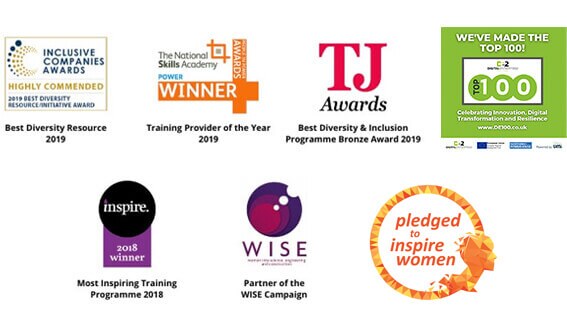While this is not a frequently asked question section of our website, we do know that some areas of diversity and inclusion training are still ‘lesser known’ to businesses who are looking for gender diversity training and other related bias training for their employees. Which is why we have created this page filled with examples, information and explanations to help expand and explain in some detail, areas of what we do with our award winnind diversity and inclusion training.
If you are looking to move your business forwards by improving staff development and increasing office productivity then addressing gender diversity is an area that can bring real gains.
It can have a significant impact on hiring and staff retention and even work attitudes in the office.
The equality act of 2010 was first created to help address age discrimination in the workplace.
There is a long way to go before we can stamp out racism in the workplace and understanding even the smallest examples of racism in the office that are unconsciously overlooked is incredibly important to achieve this.
There are some very obvious examples of sexual harassment but then there are some examples that are less widely understood yet can have far reaching consequences that affect our unconscious bias.
Knowing it exists is one thing but understanding how powerful a tool addressing it can be is quite another.
While many businesses in the UK have signed up for Unconscious Bias training, there have been some parties that have criticised the move. But why?
If your business has a recognised issue with racism in the workplace or its hiring policy then workshop training can help work through the issues to improve the situation.
Allyship is one of the keys to tackling diversity and inclusion issues in the workplace. But what exactly is Allyship?
Career Development Training is a proven method of training that gives employees the opportunity to further their career prospects and boost their skill levels whilst also benefiting the business they work for.
